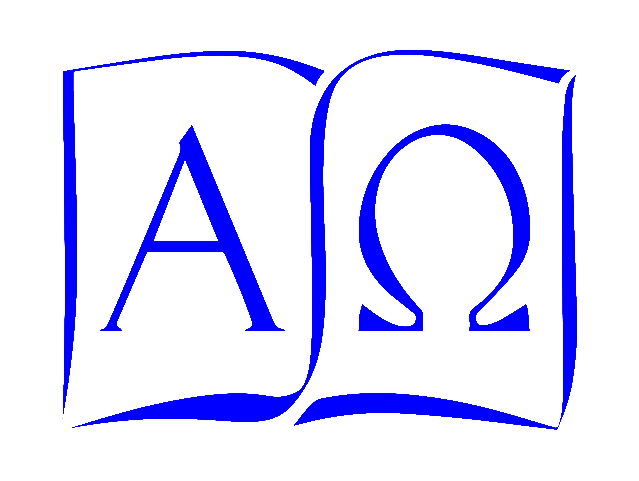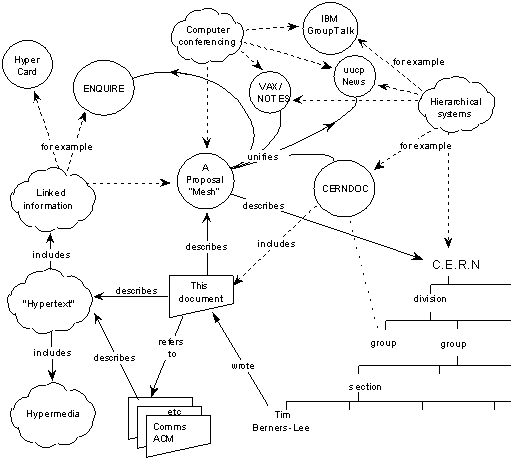In 1984, Timothy Berners-Lee, who had worked at CERN (the European Organization for Nuclear Research) as an intern in 1980, returned as a Fellow. He worked to improved CERN’s connectivity to the Internet, and by 1989, it was the largest node in Europe, used by hundreds of scientists worldwide to exchange experimental data, theories, and conclusions. Berners-Lee was looking for ways to improve ways for researchers to find the data they needed among the constantly changing file folders and different organizational systems his peers used.
Using a linking system, hypertext documents, and a browser he had himself designed so that it was capable of using links to find documents and interpreting HTML, Berners-Lee built a prototype website and published a draft proposal for its use in May, 1990. Working with Robert Cailliau, a Belgian computer scientist, Berners-Lee wrote a formal proposal for managing his new “world wide web” server at CERN. Phase I would allow existing software and hardware and Berners-Lee’s simple browser to help CERN scientists find files already in the system. Phase II would enable scientists to add new material to the system. He submitted it to CERN on November 12, 1990. On December 20, the system was up and running.
The proposal laid out the requirements to make the system workable at CERN: servers (DECnets with network file system capabilities), workstations like NeXTs or VAXes, software licenses for commercial software like FrameMaker. If you grew up or worked in programming situations in the 1990s, these names may be familiar to you. The proposal also listed the practical skills and people required for support: the system architect, the product planner, the “hyper-librarian”, and software engineers with expertise in NeXT, X-windows, IBM mainframes, Macs, and basic C to write code for all the other terminal possibilities, including vt100 browsers (the first terminal I remember using).
Looking ahead, the proposal indicated some directions future development could take: daemon programs that would build indices over night (i.e., search engines), hypertext able to pull and display data from databases (as this view is doing right now, using PHP and a MariaDB database), studies to improve efficiency, and negotiations with other sites to establish standards for compatibility.
CERN supported the proposal. On December 20, the system was up and running as info.cern.ch on a NeXT computer. The first webpage is still available at The World Wide Web Project. Three years later, CERN published the server and browser source code for use on a royalty-free basis. By then, there were 500 servers worldwide using the CERN protocols.
The final development listed in the proposal was not about technological improvements. It suggested that “A serious study of the use and abuse of the system, the sociology of its use at CERN” be undertaken”.
Berners-Lee and Cailliau realized that their technology would change the ways people communicated, not just in terms of technology, but in terms of human interaction. In the years since 1990, Berners-Lee has worked for net neutrality, the assignment of ISPs for websites without strings. He is far from naive about the possible abuses of publications, from personal data and privacy controls to commercial and political restrictions, and even the requirement to use a particular browser to view specific content.
As with any resource, access implies a responsibility to use it wisely and raises the challenge: how does anyone determine what is wise use, or hold himself or another accountable for acting wisely?

